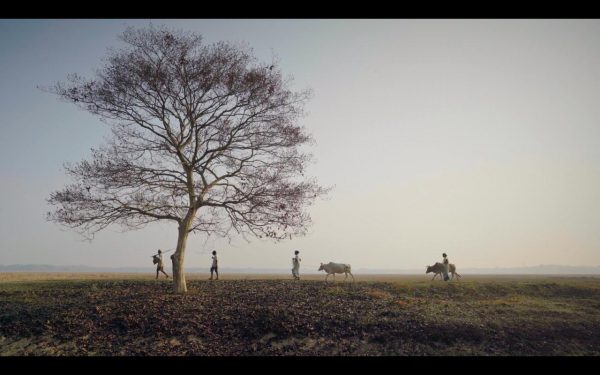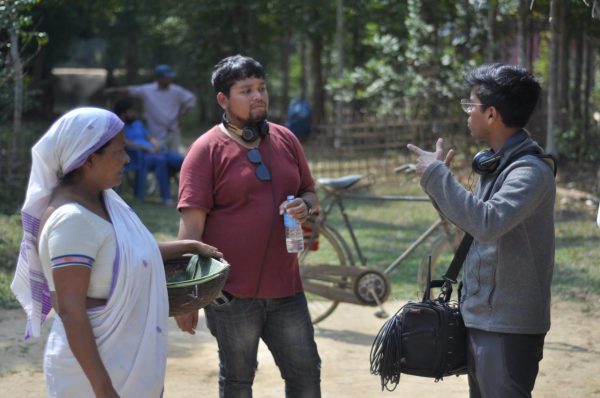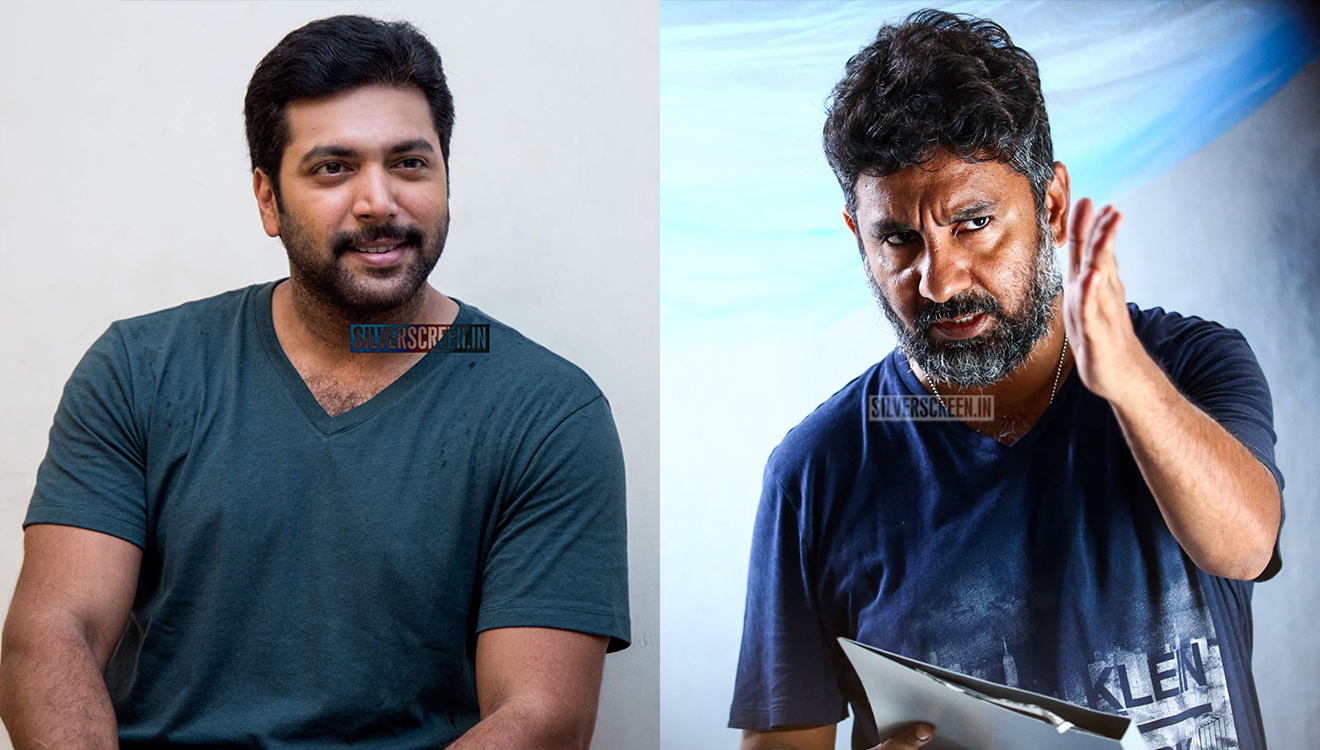Boroxun: Songs For Rain, the Assamese feature film directed by Krrishna Kt Borah, a student of the Satyajit Ray Film & Television Institute (SRFTI), is currently being screened as part of the Ottawa Indian Film Festival Awards 2021 (OIFFA). The five-day festival will conclude on Saturday.
Boroxun was also screened at the New York Indian Film Festival (NYIFF) earlier this month.
The 87-minute film, set in Teok in Assam’s Jorhat district, tells the tale of a village that is facing an unprecedented drought. The villagers, who are predominantly dependant on fishing for their livelihood, have a hard time making ends meet with the river dried up and resort to superstitious practices in their desperation for rain.
In a conversation with Silverscreen India, debutant filmmaker Krrishna talks about the genesis of Boroxun, the making of the film, and taking it to international film festivals.
Inspired by true events
The film shows the popular ‘frog wedding’ ceremony held in Assam’s Jorhat district to please the Hindu rain god.
“I have always been very curious about these superstitious practices. Once, I came across an article in a regional paper about another unusual practice that happened near my village and it caught my attention. The news article lingered in my thoughts and I decided to work on it. The story that came out of that is Boroxun. We have recreated that event in the film’s final act with some dramatic elements in a dream sequence,” Krrishna says.
However, he chooses not to mention further details about this practice to avoid spoilers.

The filmmaker reveals that the pivotal characters in the film, Benga and Bengi, the “simpletons”, are inspired by his favourite book My Childhood, My Teenage written by Bhabendra Nath Saikia. The other characters and plot have been developed based on what he has seen in his village.
“Teok is my village. I have grown up listening to these superstitions and have also witnessed some of the incidents shown in the film. While working on the script, I visited neighbouring villages as well and observed other issues like patriarchal conditions and the stratification based on class in these communities. I have subtly shown all of these in the film,” says Krrishna.
Naming the film Boroxun
“Boroxun means ‘rain’ in Assamese. Every time I narrated the film’s story to someone, the first word I would utter was Boroxun, so we decided to name it that,” says Krrishna.
He adds that ‘Songs For Rain’ represents the “songs, or rather, prayers” that are an intricate part of this film. The film has three full-fledged songs, two of which are dedicated to the rain god. These are sung during the superstitious rituals shown in the film.
Production and casting
Once the concept and basic script was ready in 2019, Krrishna and his team (mainly composed of his friends from SRFTI) pitched it to SAJ Entertainment, who liked the idea and agreed to produce the film. “The budget they funded was more than my expectation. It helped us produce a quality feature film,” he says, adding that the film was shot in March 2020, before the Covid-19 lockdown.

Boroxun’s female lead actor Maitri Das is a theatre artist who hails from a city. “I played the role of Bengi and it was challenging for me as I was not familiar with the accent. Also, Bengi has a limited perception of things and is gullible. But I had to make sure to not portray the character in a stereotypical way,” she says, adding that she went to the village a few days prior to filming to prepare.
Apart from the main characters, all the supporting roles are played by residents of Krrishna’s village. “We decided to cast them to retain authenticity. Before the shoot, I informed them about my project and they were happy to be a part of it,” says the director.
Krrishna tells us that Boroxun has a lot of static and wide shots. “Since the place plays a significant part in the plot, we wanted to immerse the audience in the ambience. Besides, most of our actors were amateurs and we didn’t want to interrupt them with constant cuts. So we chose long shots instead,” he says.

Making it to international film festivals
Boroxun was first screened at the NDFC Film Bazaar (in the Viewing Room section) where Aseem Chhabra, the NYIFF director, watched it and reached out to the team expressing interest to screen the film as part of the fest. “Film Bazaar is the best platform for budding filmmakers. We could get contacts through it and also applied to many festivals. Some festivals even agreed to provide fee waivers as per our request,” says Krrishna.
Maitri Das adds that independent films have a better reach when participating in film festivals and says they also provide a platform to build a network for independent artists.
Asked about the film’s release, Krrishna says they are currently focusing on sending Boroxun to different film festivals and will follow this up with ‘road shows’ where they screen the film in different villages with a mini projector. “Later, we have plans to reach out to OTT platforms. I believe film festivals and OTT platforms are a boon to indie filmmakers. They really help amplify such films and take them to audiences across language and geographical boundaries,” he adds.



